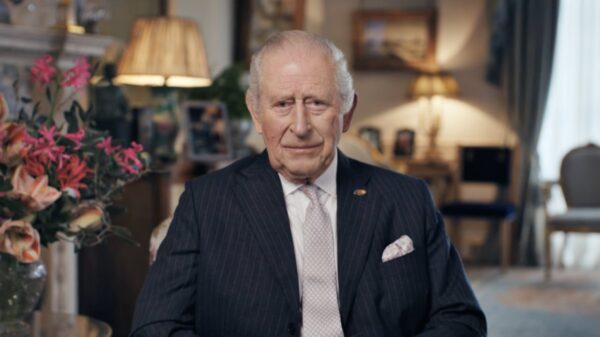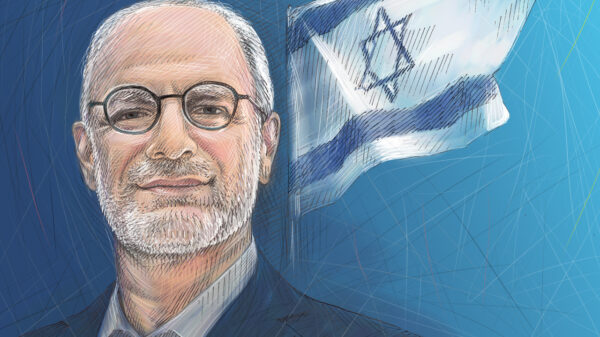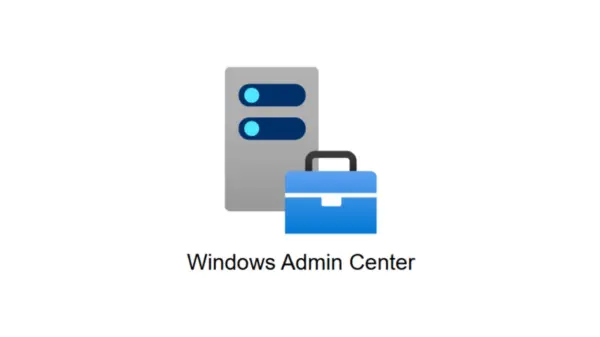A recent study published in PLOS One highlights the challenges faced by autistic adults in navigating non-verbal communication (NVC). Researchers examined 362 firsthand accounts from the online forum WrongPlanet.net, where autistic individuals candidly discuss their communication difficulties. This research sheds light on the intense mental effort required to interpret gestures, eye contact, facial expressions, and tone of voice during everyday interactions.
Understanding the intricacies of NVC can feel overwhelming for many autistic individuals. Participants described this experience as akin to decoding a complex, unwritten language in real time. One individual expressed that managing eye contact and gestures while speaking felt like “just too much going on.” Another voiced frustration with non-verbal cues, stating they are “too open to misinterpretation” and expressing a desire for more straightforward communication.
The study found that autistic adults often require more time and mental energy to process non-verbal signals. Subtle cues, such as a smile or a change in tone, may not register immediately, and the effort to conform to expected body language can be exhausting. This struggle contributes to misunderstandings that occur not only from the perspective of autistic individuals but also among those interacting with them, a phenomenon known as the Double Empathy Problem. Misinterpretations can lead to feelings of being judged, ignored, or even deemed untrustworthy.
To navigate these challenges, some autistic individuals adopt strategies such as mimicking non-autistic behaviors by studying gestures or taking acting classes. Others prefer written communication, which alleviates the pressure of body language. Many also choose to embrace their natural communication style, resisting the urge to conform to neurotypical norms.
The research team included both autistic and non-autistic experts, with Holly Radford, a Ph.D. researcher from the University of Portsmouth, playing a pivotal role. Radford’s personal experiences as an autistic individual informed the study’s direction. She emphasized the significance of understanding the effort involved in these daily interactions, stating, “Our study confirms what many autistic adults know intimately—that nonverbal communication can feel like decoding a complex, unwritten language in real time.”
Co-authors include autistic researcher Dr. Steven Kapp, also from the University of Portsmouth, alongside Bronte Reidinger from Rowan University in the United States and Dr. Ashley de Marchena from Drexel University. Their collaboration emerged through the Academic Autism Spectrum Partnership in Research and Education (AASPIRE), which is dedicated to inclusive autism research.
Dr. de Marchena remarked on the lack of focus on NVC in adult autistic studies, noting, “NVC is a core, defining feature of autism, yet very few labs study it in adults.” She described her collaboration with Kapp and Radford as a highlight of her professional career, as they share lived experiences that inform their research.
Dr. Kapp emphasized the need to reconsider the perception that communication difficulties lie solely with autistic individuals. He stated that the Double Empathy Problem illustrates that misunderstandings occur in both directions, affecting non-autistic people as well. He highlighted the insights shared by autistic adults, noting their creative strategies for coping in a world not tailored to their communication needs.
The findings of this study present valuable guidance for anyone seeking to enhance communication with autistic friends, family members, colleagues, or patients. Recommendations include checking preferred communication styles, allowing additional processing time, avoiding assumptions based on body language, and being open to direct or written communication.
According to Reidinger, fostering an environment that accommodates diverse communication styles can significantly reduce miscommunication. She stated, “By making space for different communication styles, we can reduce miscommunication, support mental health, and build stronger, more respectful connections for everyone.”
The insights gained from this research can influence various contexts, including healthcare, education, and social interactions, ultimately promoting more inclusive communication practices.





































































